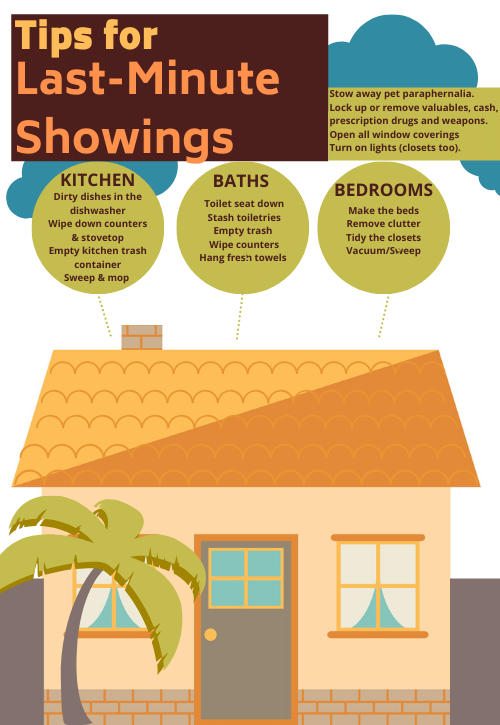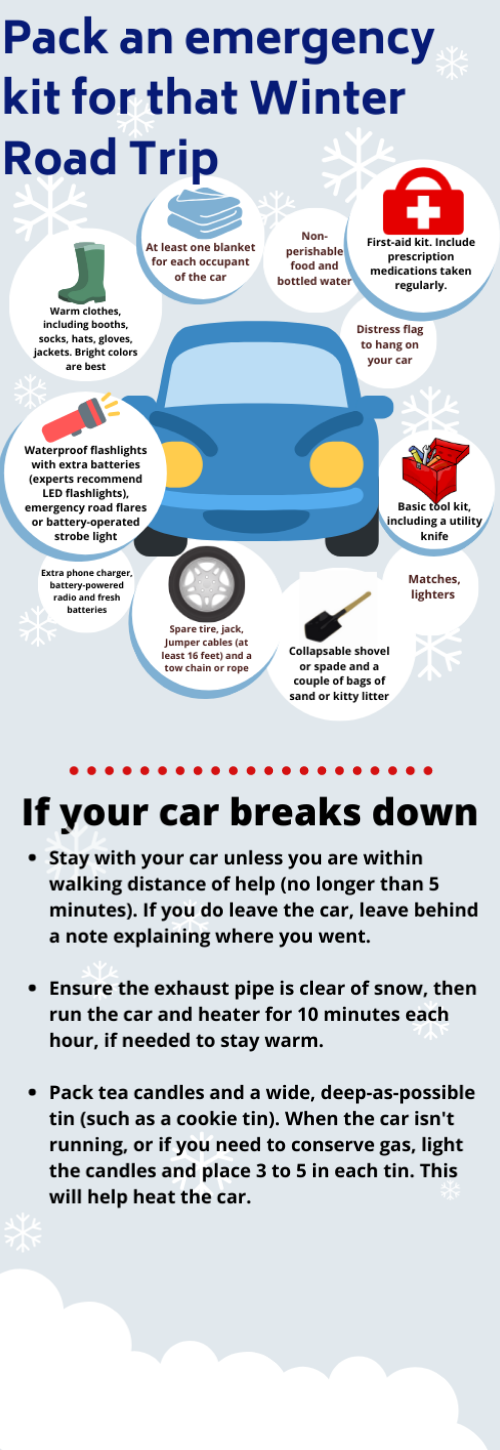When we think of holidays, “relax” isn’t a word that readily comes to mind. There is so much to do with shopping, cooking, cleaning, visitors and more.
This year, however, we’re all pretty exhausted from trying to maneuver this “new normal” that the COVID-19 pandemic has thrust upon us. We don’t know about you, but we are making a concerted effort to take the “hectic” out of the 2020 holiday season.
And that starts with shopping. Will there be the same crowds at department stores? We don’t know and we suggest not waiting to find out.
Shopping online is the way to go this year. It’s safe and convenient (if you start early).
In fact, nearly 60% of “… consumers say they plan to purchase holiday items online this year,” according to a National Retail Federation survey published in late October, 2020.
More than 40% of U.S. shoppers “… plan to buy most of their holiday gifts on Amazon this year, and 11% say they plan to buy all of their holiday gifts on Amazon,” according to another survey from Episerver.
Will you be joining them? Here are a few tips to ace your Amazon.com holiday shopping experience.
1. Don’t “wing it”
Just as we’ve been taught not to shop for groceries without a list, so it goes for holiday shopping as well.
Start with a list of names–those people that you want to gift this year.
Next comes your budget. Know the total amount you will spend on gifts this holiday season. For instance, that NRF study we mentioned earlier finds that “… consumers plan to spend $997.79 on gifts, holiday items such as decorations and food, and additional ‘non-gift’ purchases for themselves and their families …”
So, decide how much you will be spending on those items and jot down your gift budget on the shopping list you’re creating.
Take it a step further and decide how much to allocate to each person’s gift.
2. The holiday shopping season has already started
Black Friday has come and gone so you’ll want to switch into shopping mode if you haven’t done so yet.
Last year, Amazon was inundated with unhappy customers who didn’t receive their orders on time – some waited for weeks after Christmas before finally receiving them.
The company chalked up the ‘Shipageddon’ to “… winter storms as well as increased demand,” according to Nat Levy at geekwire.com.
While we did search for whether the company has plans in place to avoid last year’s problems, we were unable to find anything. So, shop early. As in right now.
Start by taking a look at Amazon’s Holiday Dash deals which they promise will offer “Black Friday-worthy deals dropping daily …,” according to Kelly Tyko at USA Today.
You can also access the deals on the Amazon app (amazon.com/holidaydash) or ask Alexa “What are your deals?” Don’t have voice shopping set up? Learn how, at Amazon.com.
3. Need gift ideas?
Check out Amazon.com’s gift guides. Or, ask Alexa for help. CNET.com offers a guide on “How to use Alexa to buy holiday gifts.”
Other places to look for ideas include:
4. Save money while shopping on Amazon
Who knew that Amazon offered coupons? It’s true and you may just find the perfect gift at a discount by checking the site’s coupon section.
You might also want to check out Amazon Renewed, where you can shop for “Like-New Refurbished Products.” You’ll find bargains on everything from smartphones to tools, gaming and more.
If you haven’t started your holiday shopping yet, what are you waiting for? These tips should help you get it all under control.





















